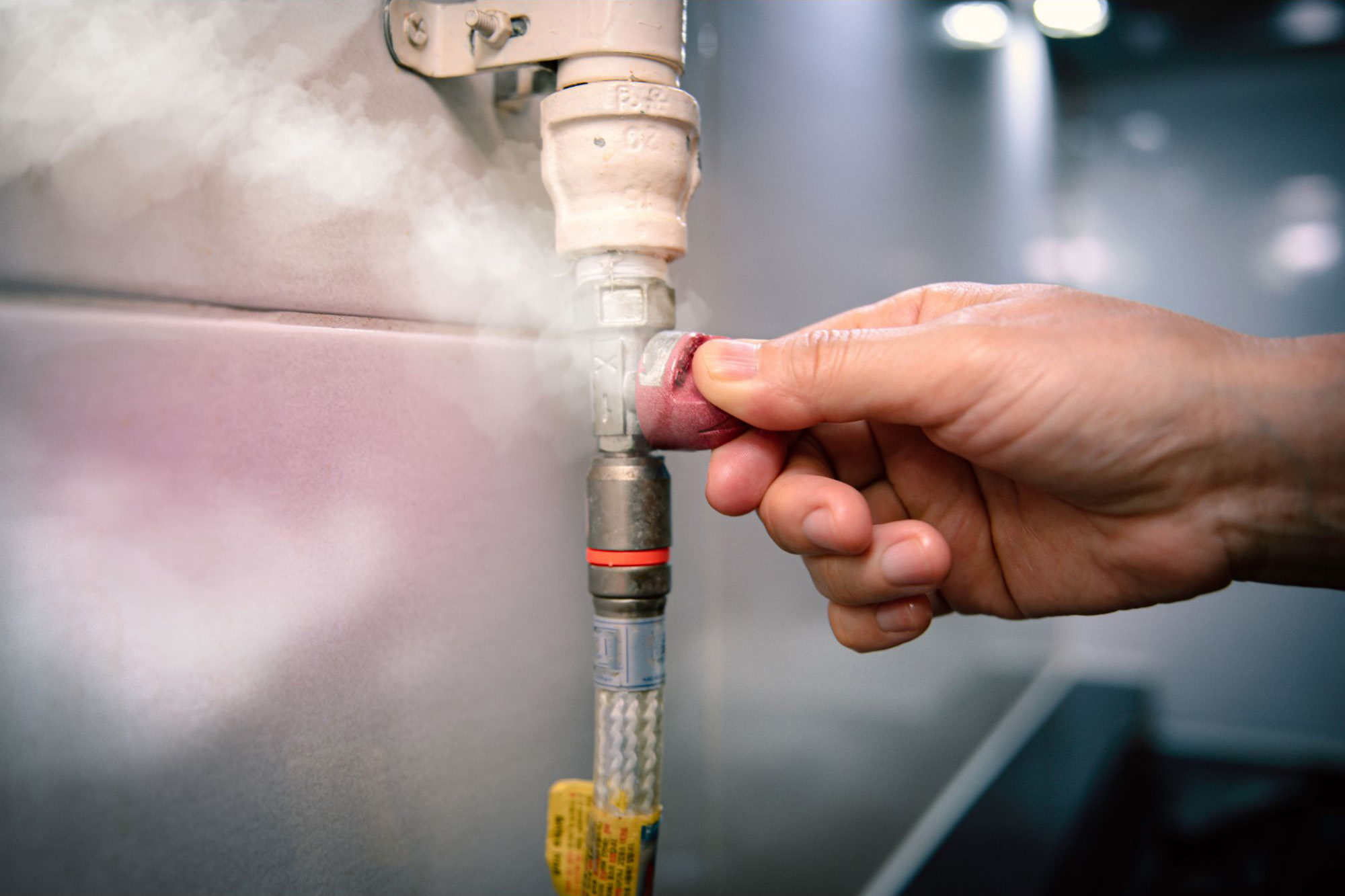[[data.name.value]]
[[metadata.defaultData.name]]
[[data.title.value]],
[[metadata.defaultData.title]],
[[data.company.value]]
[[metadata.defaultData.company]]

Which Techniques Are Employed to Find Gas Leaks in Pipelines?
Pipeline gas leaks may seriously jeopardize public health, the environment, and private property. It is essential to find these leaks as soon as possible in order to minimize damage and avoid accidents. To find gas leaks, a variety of techniques are used, each having pros and cons of its own. This article examines the major methods for locating gas leaks in pipelines and how they support the integrity and safety of pipeline systems.

Monitoring of Acoustic Emissions
Monitoring for acoustic emissions is listening for the sound of gas escaping from a pipeline using sensitive microphones or sensors. These sensors are able to detect the acoustic waves produced by gas leaks. Technicians can locate the leak by examining the frequency and strength of the sound that is released. This technique is often used to gas leaks located in Port Jefferson Station, NY and is especially useful for finding leaks in pressurized pipes.
Infrared Thermal Imaging
By using infrared cameras, infrared thermography is able to identify temperature variations on the surface of pipelines. Because gas expands quickly as it exits, temperature variations are often brought on by gas leaks. These abnormalities may be detected by infrared cameras, which aids experts in pinpointing the exact position of the leak. This technique is beneficial for finding leaks in both above-ground and underground pipes since it is non-intrusive and offers real-time visual data.
Gas Chromatography
A laboratory method for analyzing gas samples extracted from the pipeline is gas chromatography. Technicians can ascertain the existence and extent of the leak by dissecting and classifying the gas's constituent parts. Because of its great accuracy, this approach is often used with other leak detection strategies. It is especially helpful for figuring out the gas's composition and comprehending the leak's possible effects.
Tests of Pressure
Applying a known pressure to the pipeline and keeping an eye out for any pressure dips is known as pressure testing. Over time, the pressure will drop if there is a leak. This technique is often used to pipeline inspections and maintenance. Although it works well to find large leaks, it could miss smaller, less obvious ones. A thorough leak detection method must include pressure testing.
Techniques for Tracer Gas
Using tracer gas procedures, a little quantity of a safe gas is injected into the pipeline. Most often, this gas is hydrogen or helium, which possesses characteristics that make it simple to identify. The tracer gas leaking from the pipeline is then found using specialized sensors. Due to its great sensitivity, this approach can find even minute leaks. It is often used with other techniques to provide a more comprehensive view of pipeline integrity.
Conclusion
An essential part of ensuring security and averting damage in pipelines is detecting gas leaks. Every approach has advantages, and the selection of a solution depends on the pipeline's particular requirements as well as the kind of a leak. By using these cutting-edge methods to ensure pipeline integrity, communities and the environment are shielded from the dangers of gas leaks.